Full text
PDF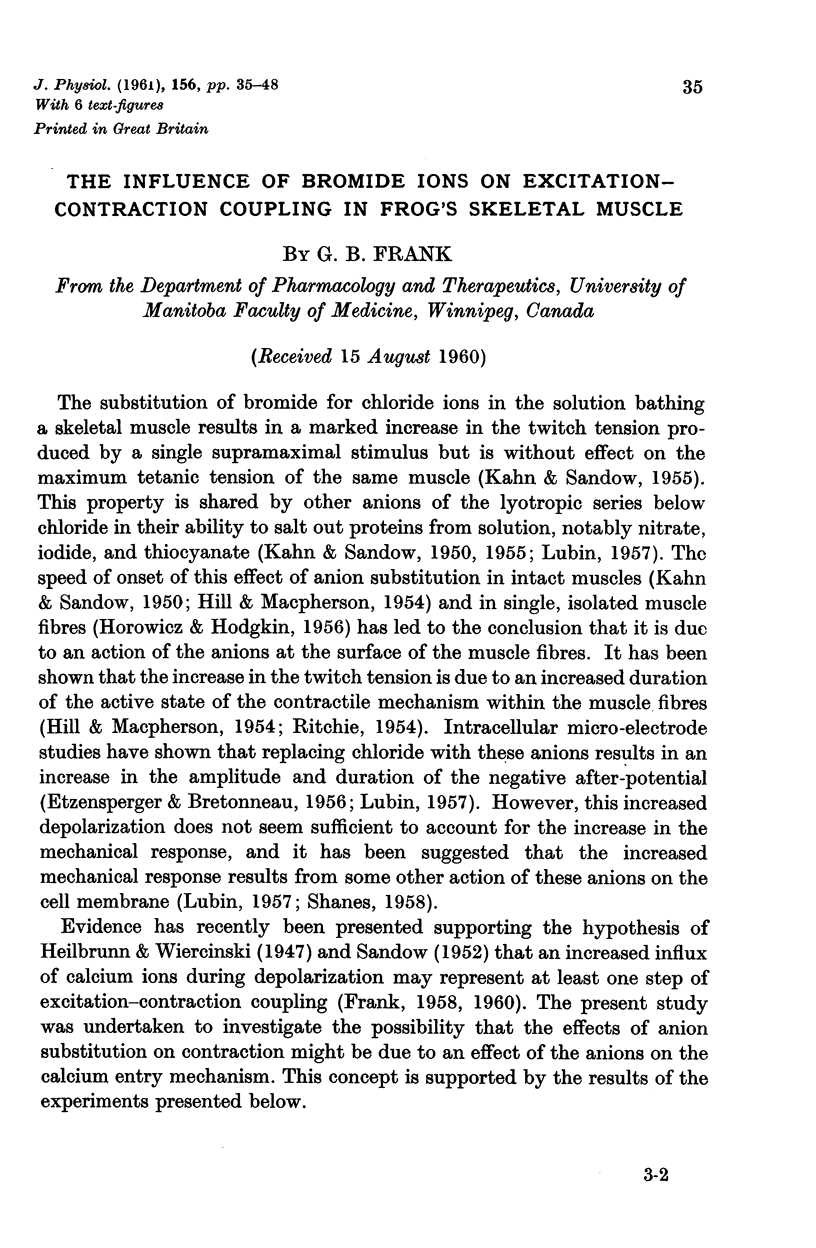
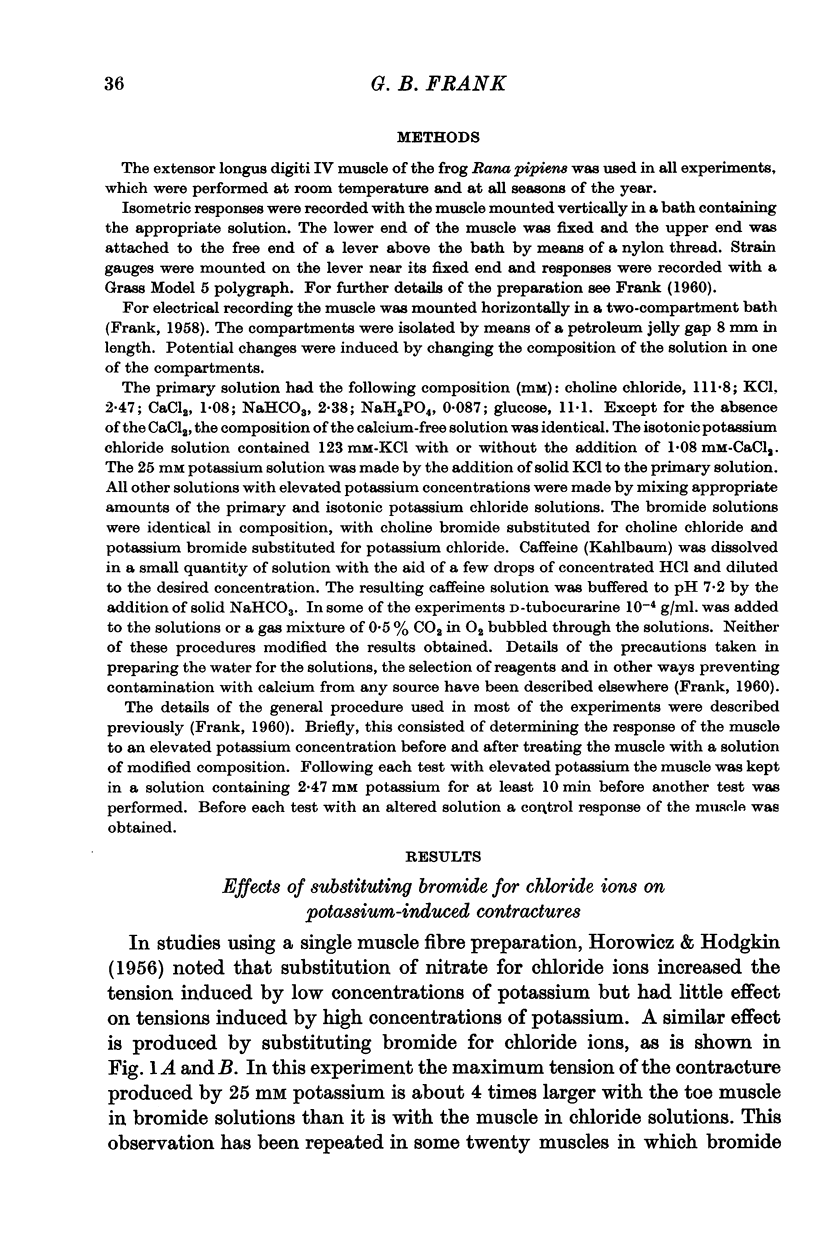
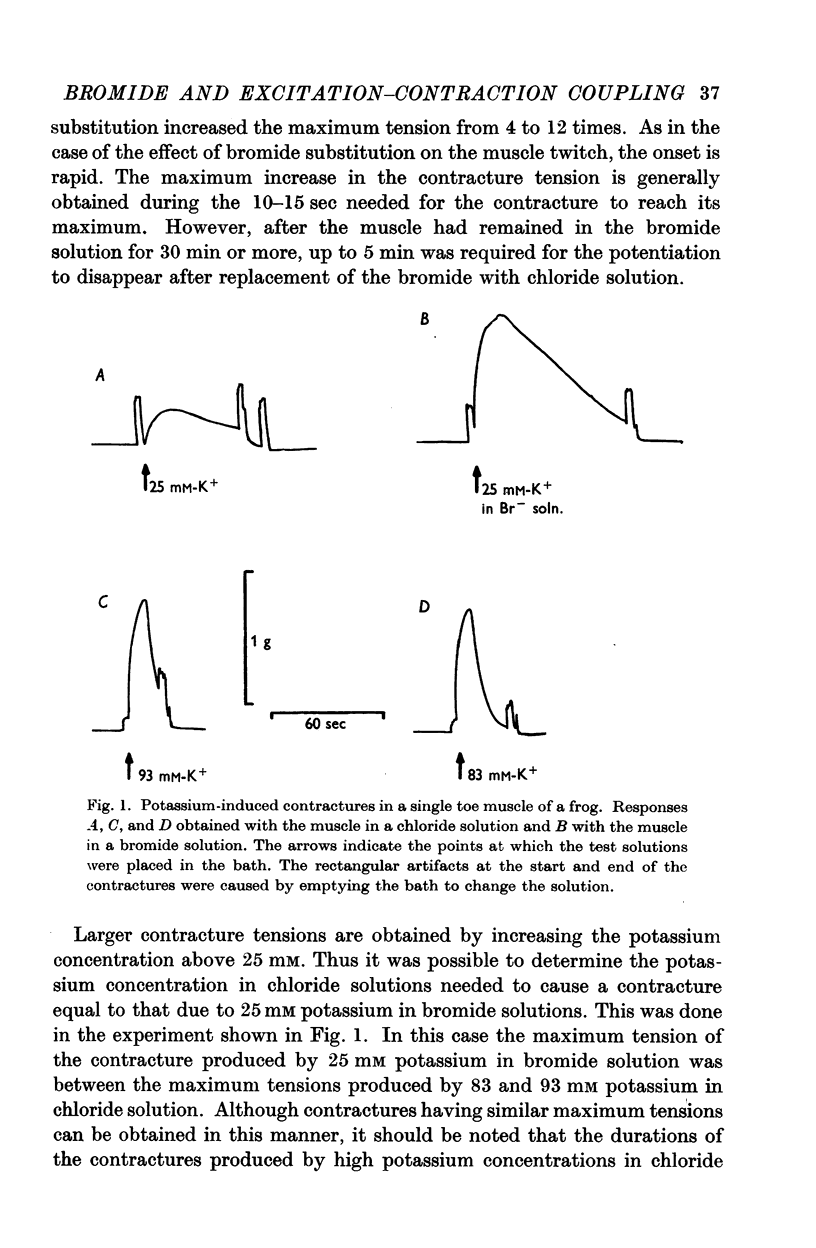
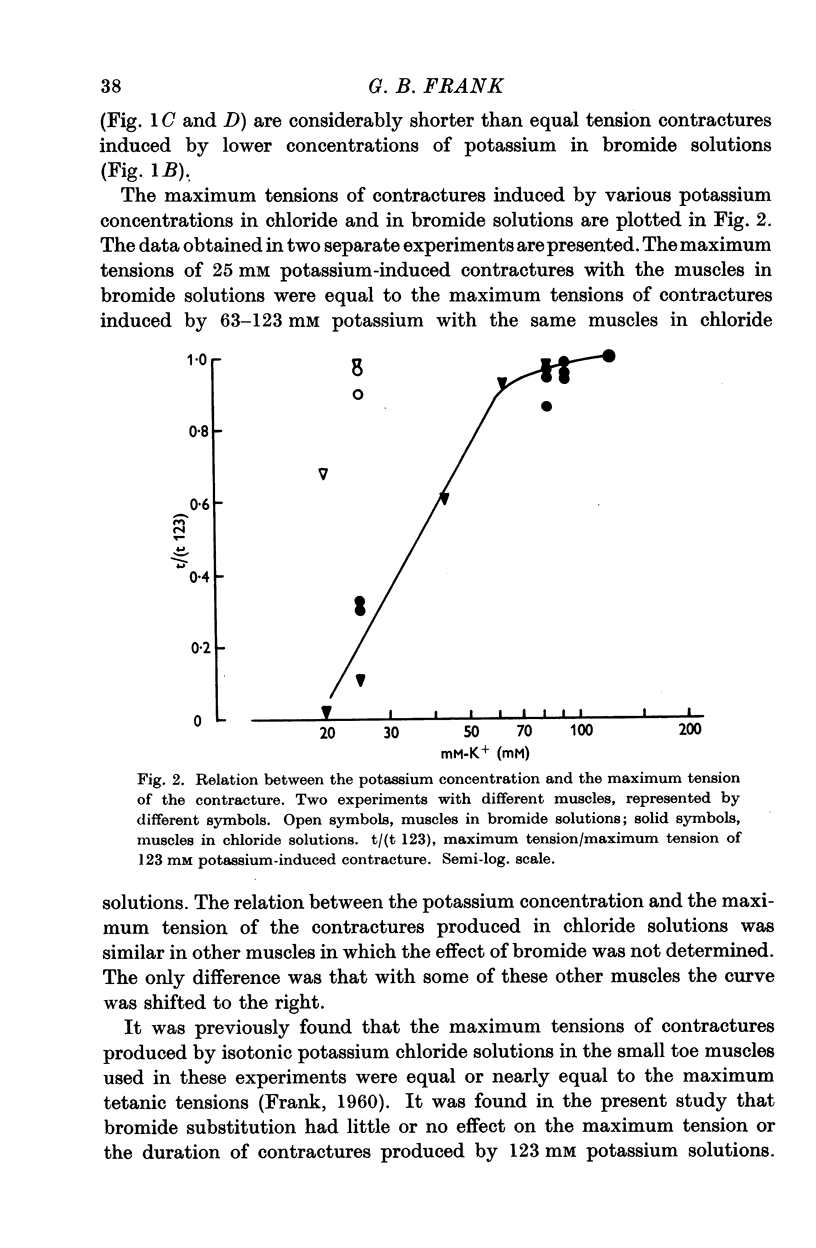
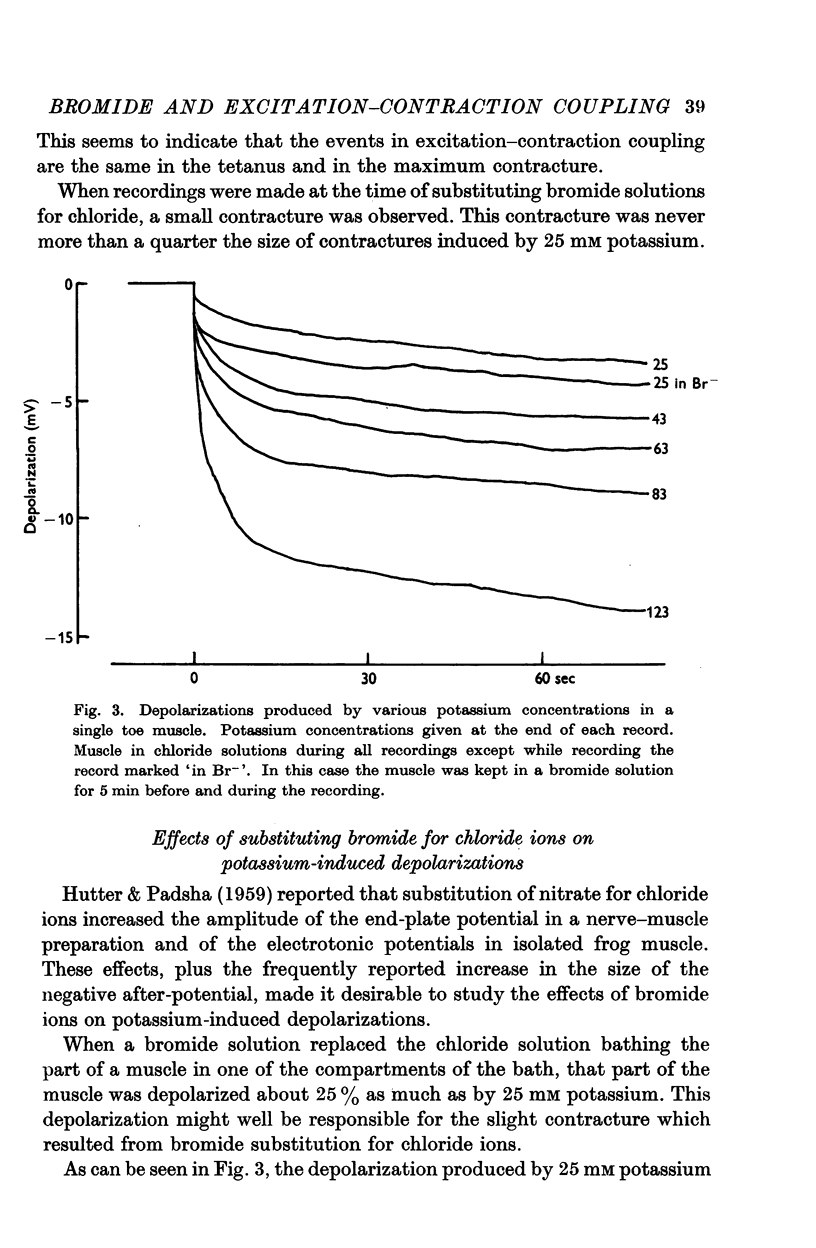
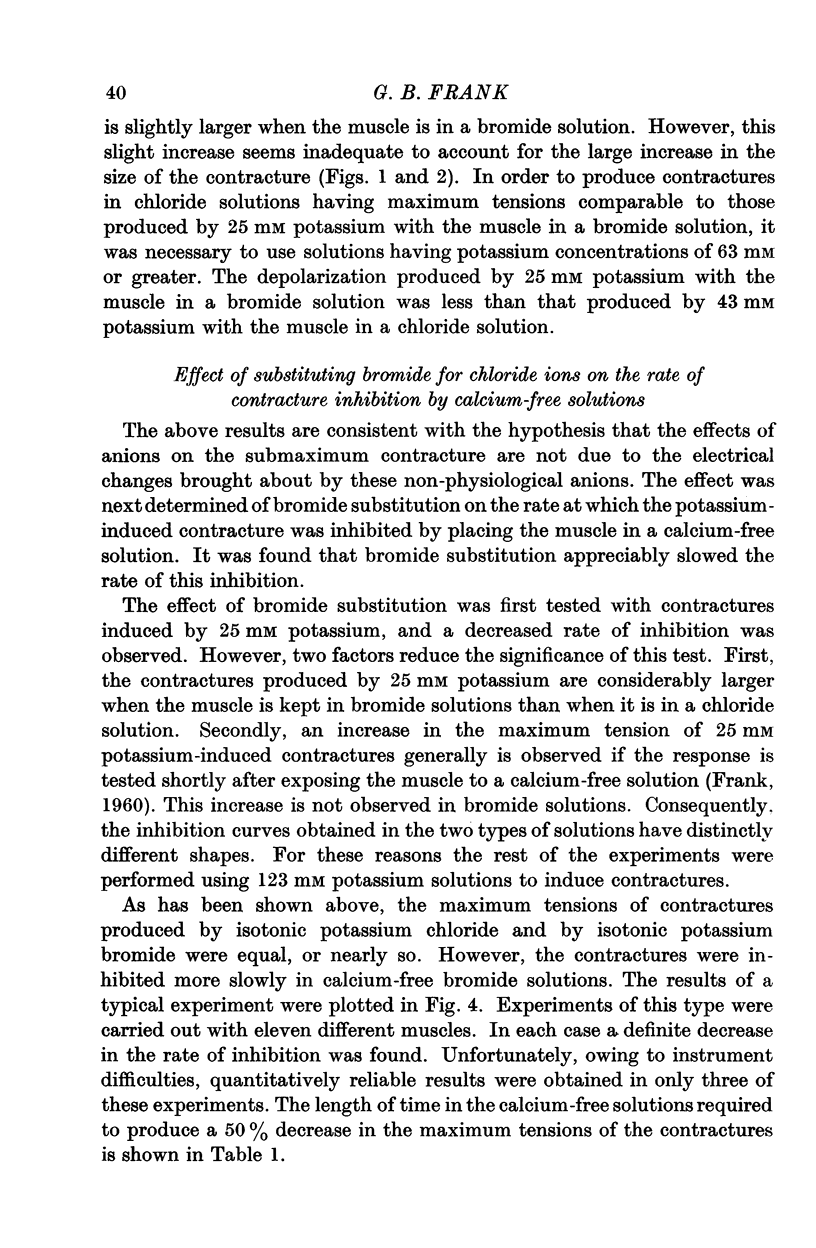
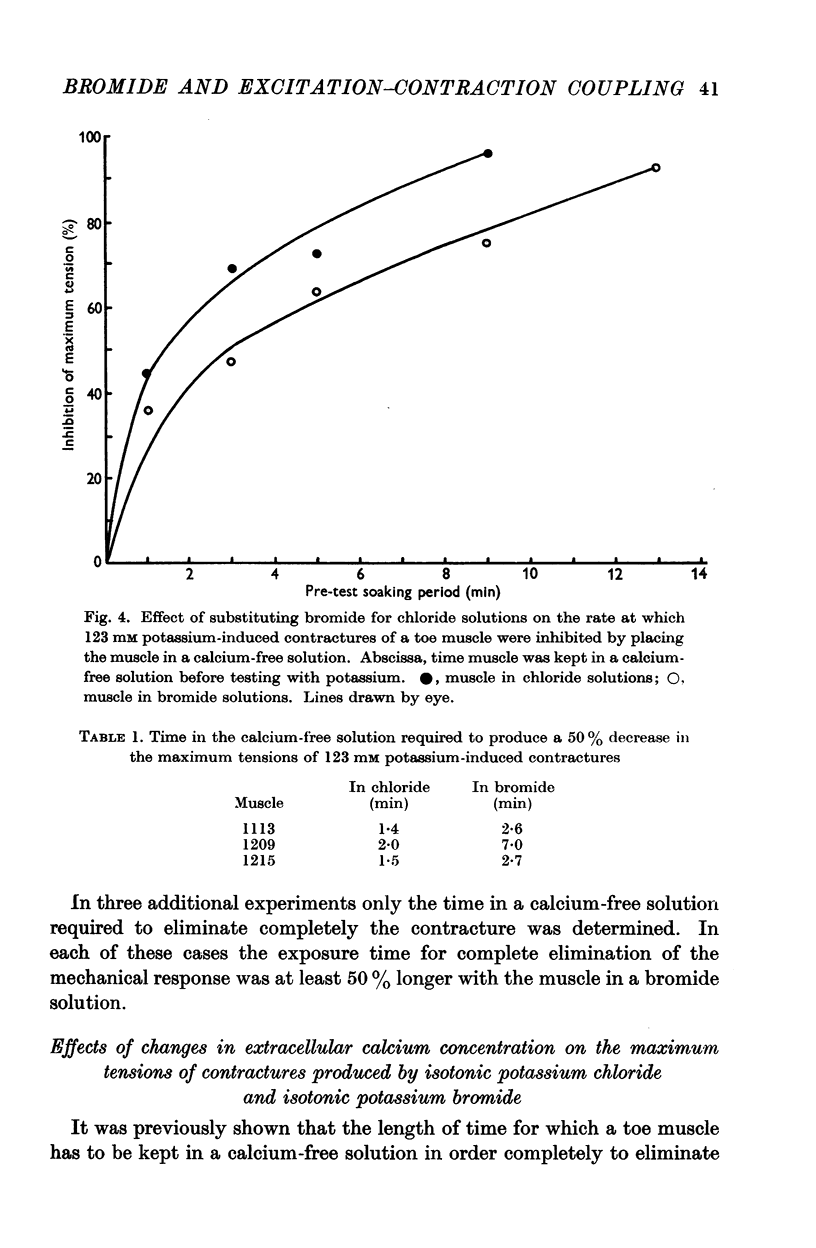

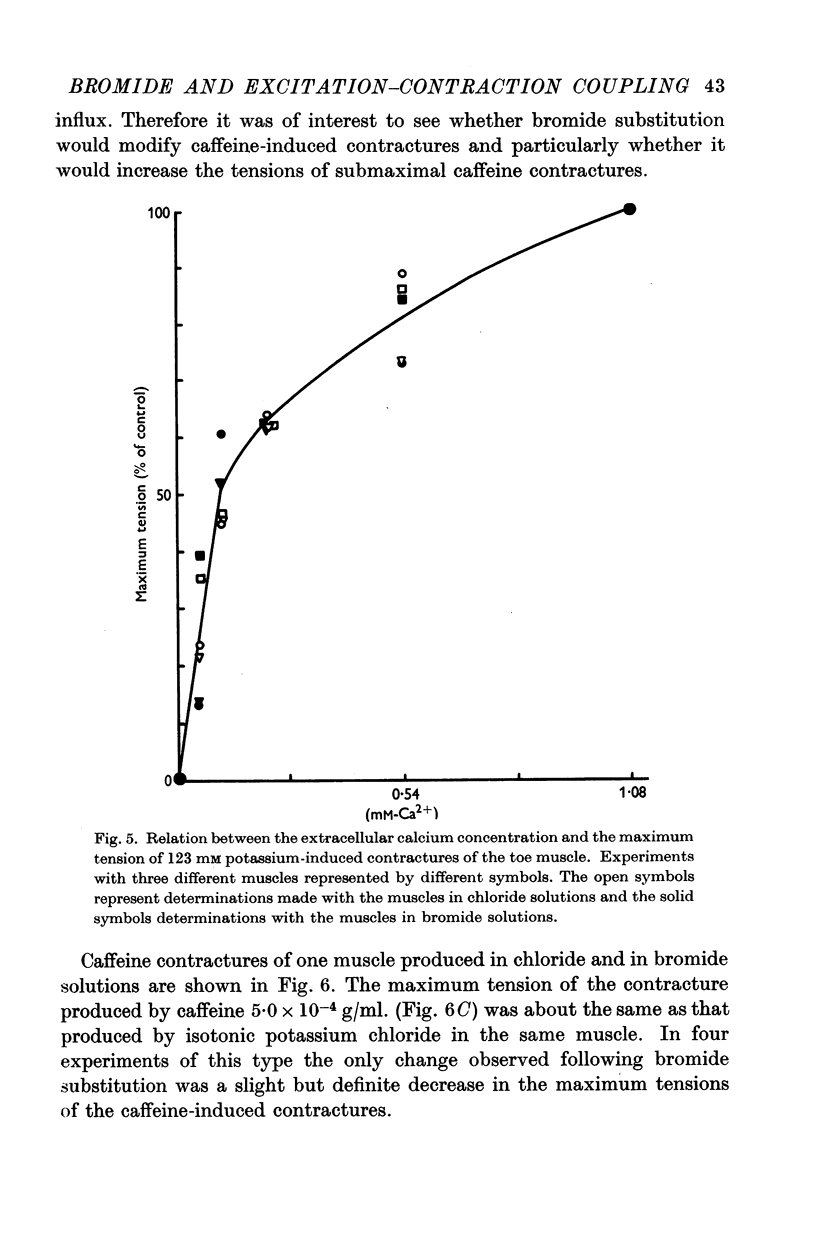
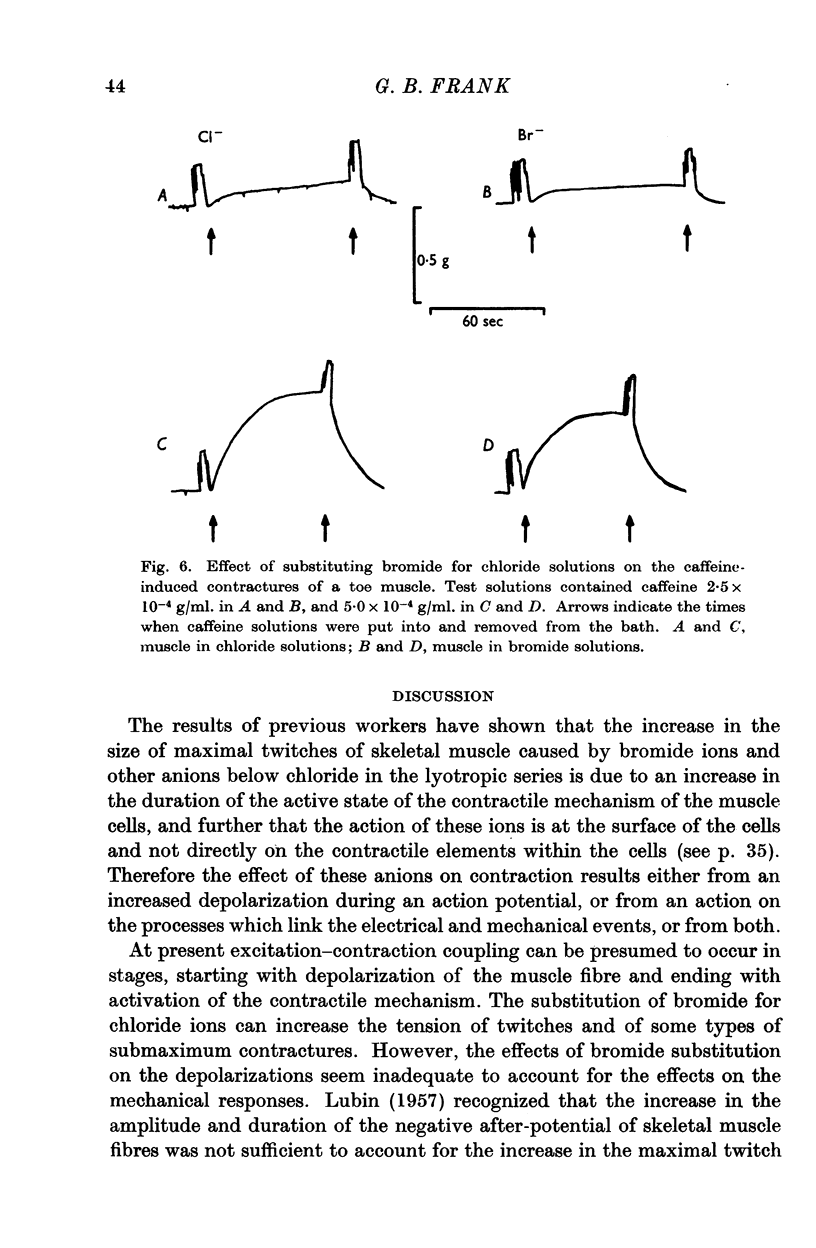
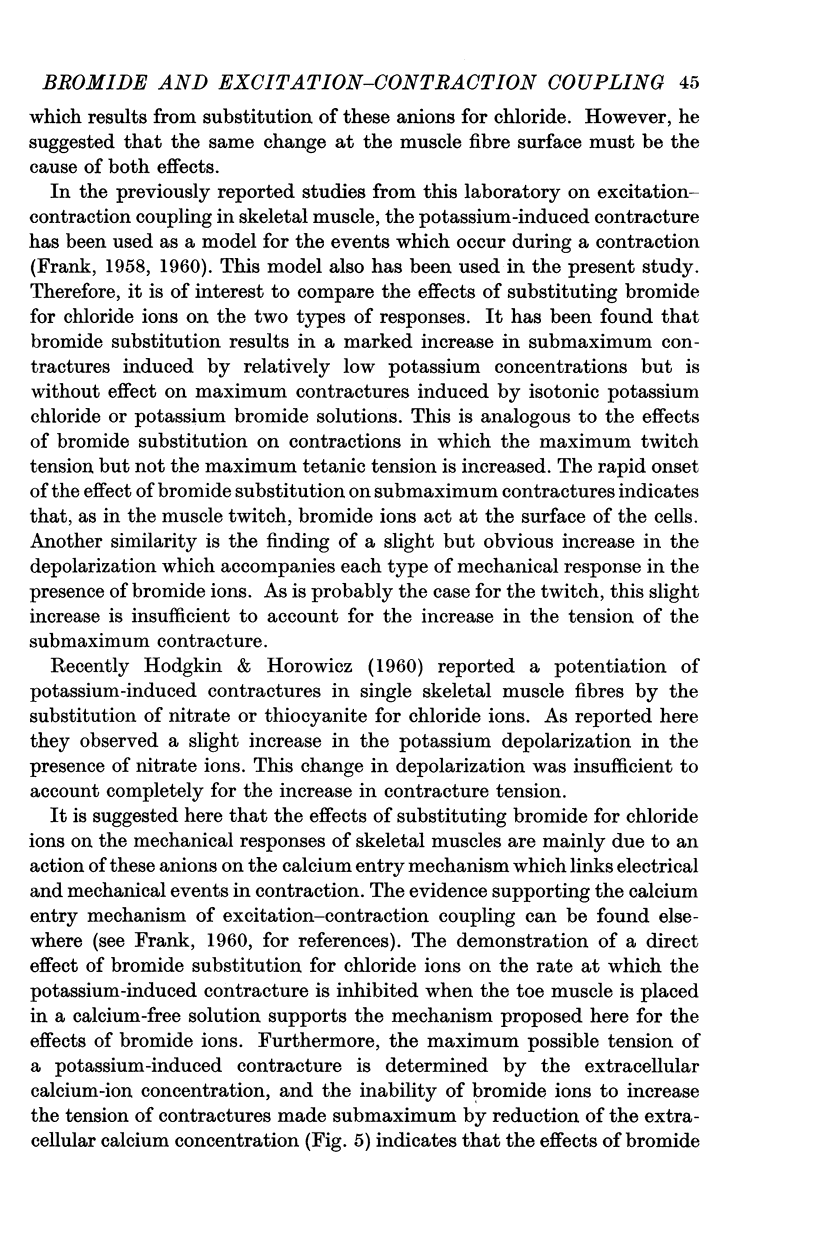
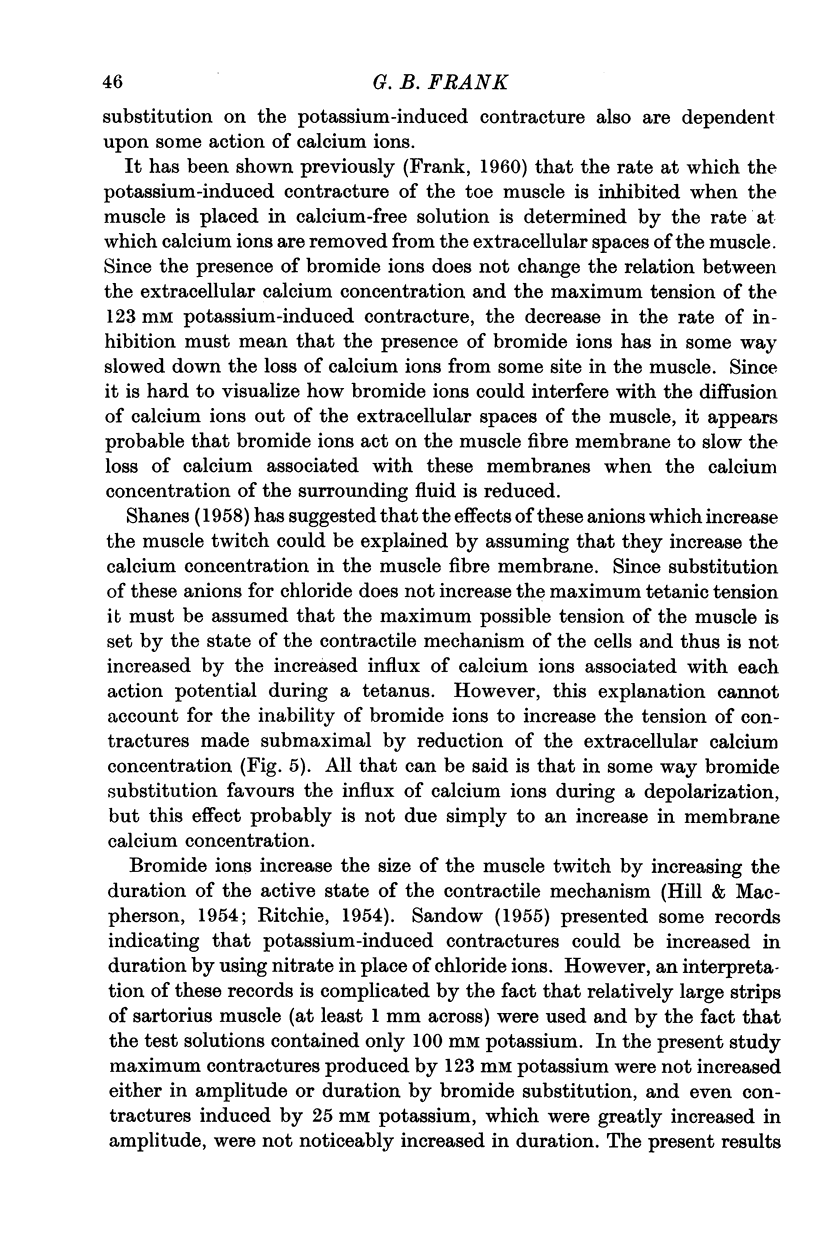
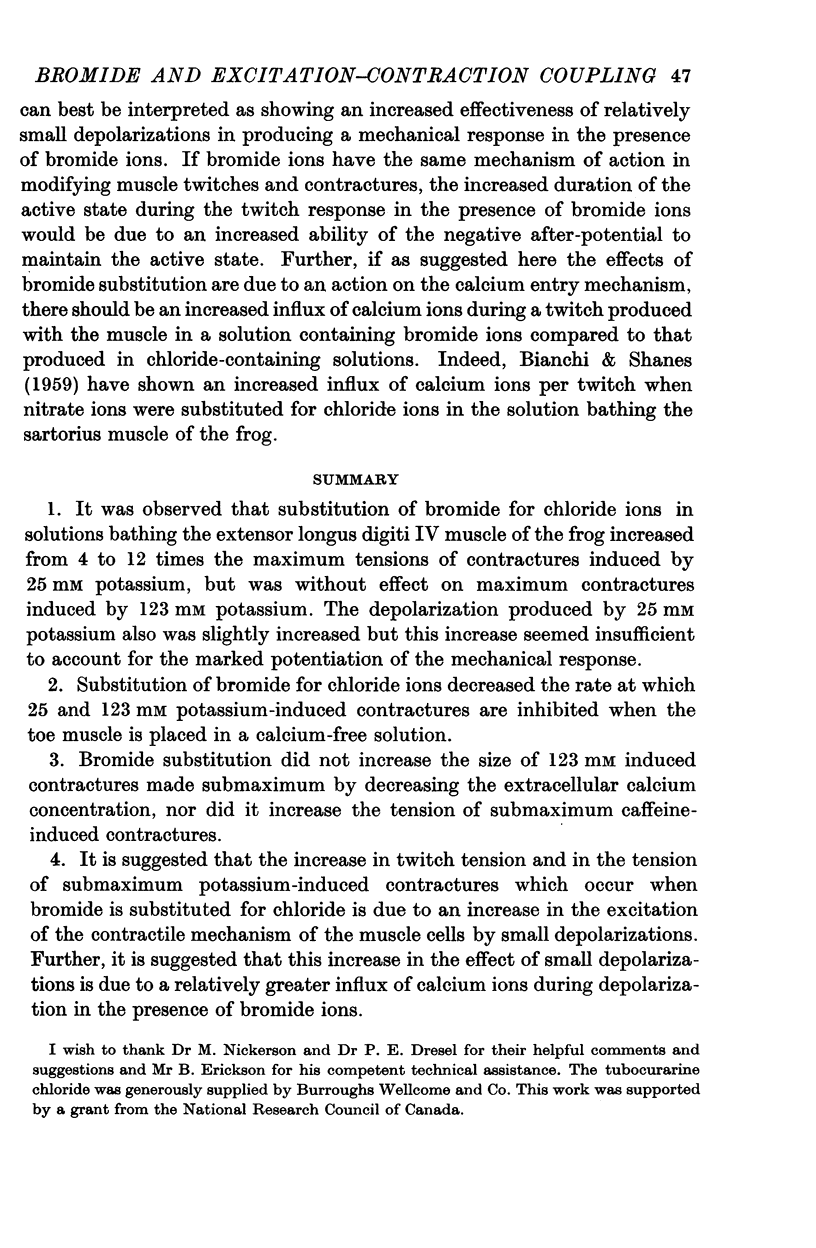
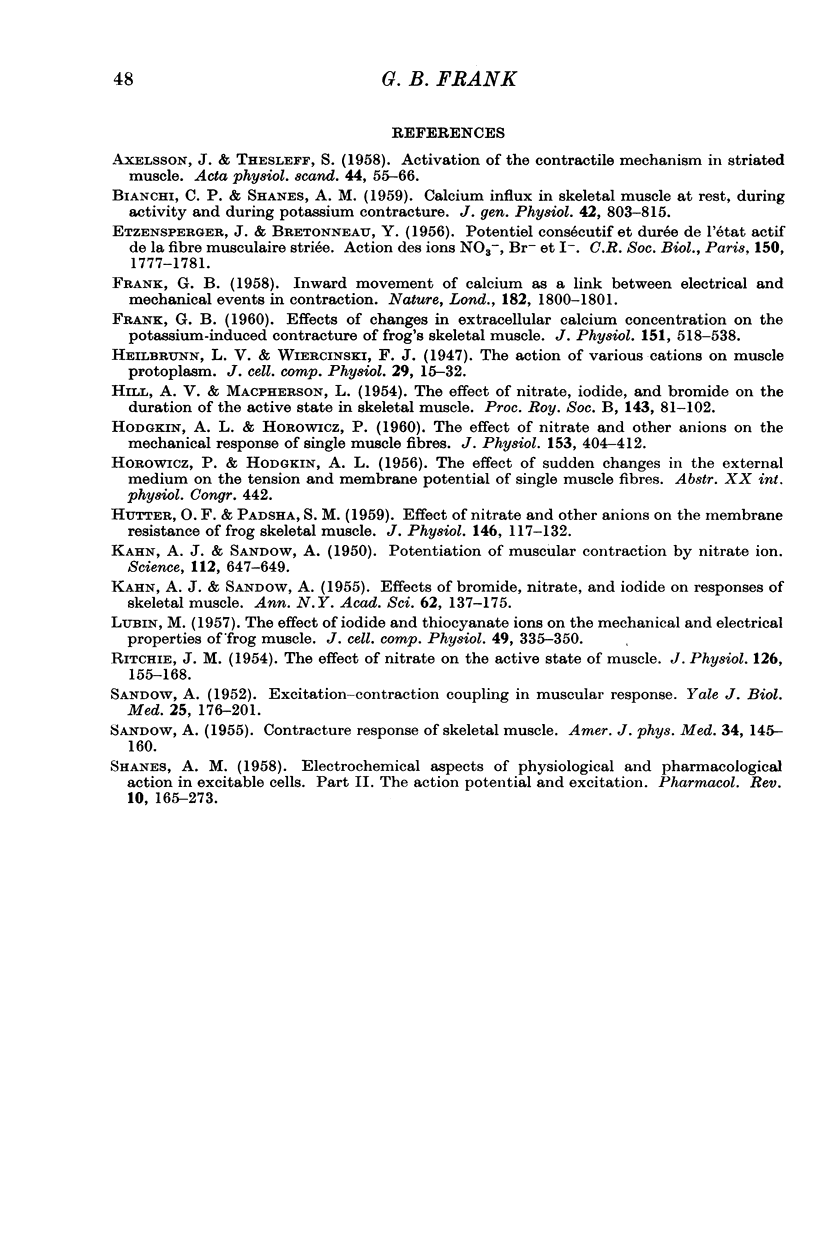
Selected References
These references are in PubMed. This may not be the complete list of references from this article.
- AXELSSON J., THESLEFF S. Activation of the contractile mechanism in striated muscle. Acta Physiol Scand. 1958 Oct 28;44(1):55–66. doi: 10.1111/j.1748-1716.1958.tb01608.x. [DOI] [PubMed] [Google Scholar]
- BIANCHI C. P., SHANES A. M. Calcium influx in skeletal muscle at rest, during activity, and during potassium contracture. J Gen Physiol. 1959 Mar 20;42(4):803–815. doi: 10.1085/jgp.42.4.803. [DOI] [PMC free article] [PubMed] [Google Scholar]
- ETZENSPERGER J., BRETONNEAU Y. Potentiel consécutif et durée de l'état actif de la fibre musculaire striée; action des ions NO-3, Br- et I-. C R Seances Soc Biol Fil. 1956;150(10):1777–1781. [PubMed] [Google Scholar]
- FRANK G. B. Effects of changes in extracellular calcium concentration on the potassium-induced contracture of frog's skeletal muscle. J Physiol. 1960 Jun;151:518–538. doi: 10.1113/jphysiol.1960.sp006457. [DOI] [PMC free article] [PubMed] [Google Scholar]
- FRANK G. B. Inward movement of calcium as a link between electrical and mechanical events in contraction. Nature. 1958 Dec 27;182(4652):1800–1801. doi: 10.1038/1821800a0. [DOI] [PubMed] [Google Scholar]
- HILL A. V., MACPHERSON L. The effect of nitrate, iodide and bromide on the duration of the active state in skeletal muscle. Proc R Soc Lond B Biol Sci. 1954 Dec 15;143(910):81–102. doi: 10.1098/rspb.1954.0055. [DOI] [PubMed] [Google Scholar]
- HODGKIN A. L., HOROWICZ P. The effect of nitrate and other anions on the mechanical response of single muscle fibres. J Physiol. 1960 Sep;153:404–412. doi: 10.1113/jphysiol.1960.sp006542. [DOI] [PMC free article] [PubMed] [Google Scholar]
- HUTTER O. F., PADSHA S. M. Effect of nitrate and other anions on the membrane resistance of frog skeletal muscle. J Physiol. 1959 Apr 23;146(1):117–132. doi: 10.1113/jphysiol.1959.sp006182. [DOI] [PMC free article] [PubMed] [Google Scholar]
- KAHN A. J., SANDOW A. Effects of bromide, nitrate, and iodide on responses of skeletal muscle. Ann N Y Acad Sci. 1955 Sep 15;62(7):139–175. doi: 10.1111/j.1749-6632.1955.tb35370.x. [DOI] [PubMed] [Google Scholar]
- KAHN A. J., SANDOW A. The potentiation of muscular contraction by the nitrate-ion. Science. 1950 Dec 1;112(2918):647–649. doi: 10.1126/science.112.2918.647. [DOI] [PubMed] [Google Scholar]
- LUBIN M. The effect of iodide and thiocyanate ions on the mechanical and electrical properties of frog muscle. J Cell Physiol. 1957 Apr;49(2):335–349. doi: 10.1002/jcp.1030490214. [DOI] [PubMed] [Google Scholar]
- RITCHIE J. M. The effect of nitrate on the active state of muscle. J Physiol. 1954 Oct 28;126(1):155–168. doi: 10.1113/jphysiol.1954.sp005200. [DOI] [PMC free article] [PubMed] [Google Scholar]
- SANDOW A. Contracture responses of skeletal muscle. Am J Phys Med. 1955 Feb;34(1):145–160. [PubMed] [Google Scholar]
- SANDOW A. Excitation-contraction coupling in muscular response. Yale J Biol Med. 1952 Dec;25(3):176–201. [PMC free article] [PubMed] [Google Scholar]
- SHANES A. M. Electrochemical aspects of physiological and pharmacological action in excitable cells. II. The action potential and excitation. Pharmacol Rev. 1958 Jun;10(2):165–273. [PubMed] [Google Scholar]


